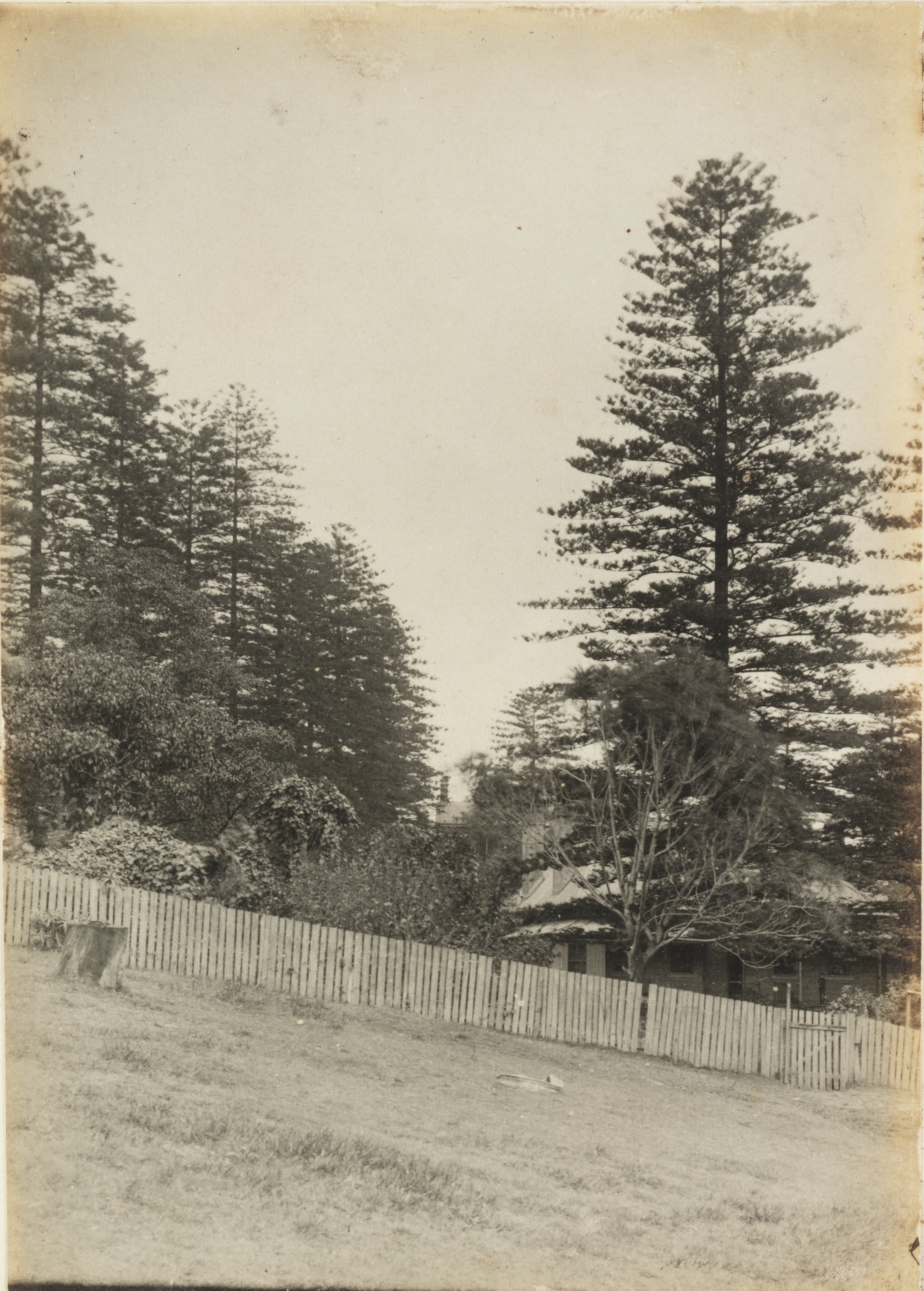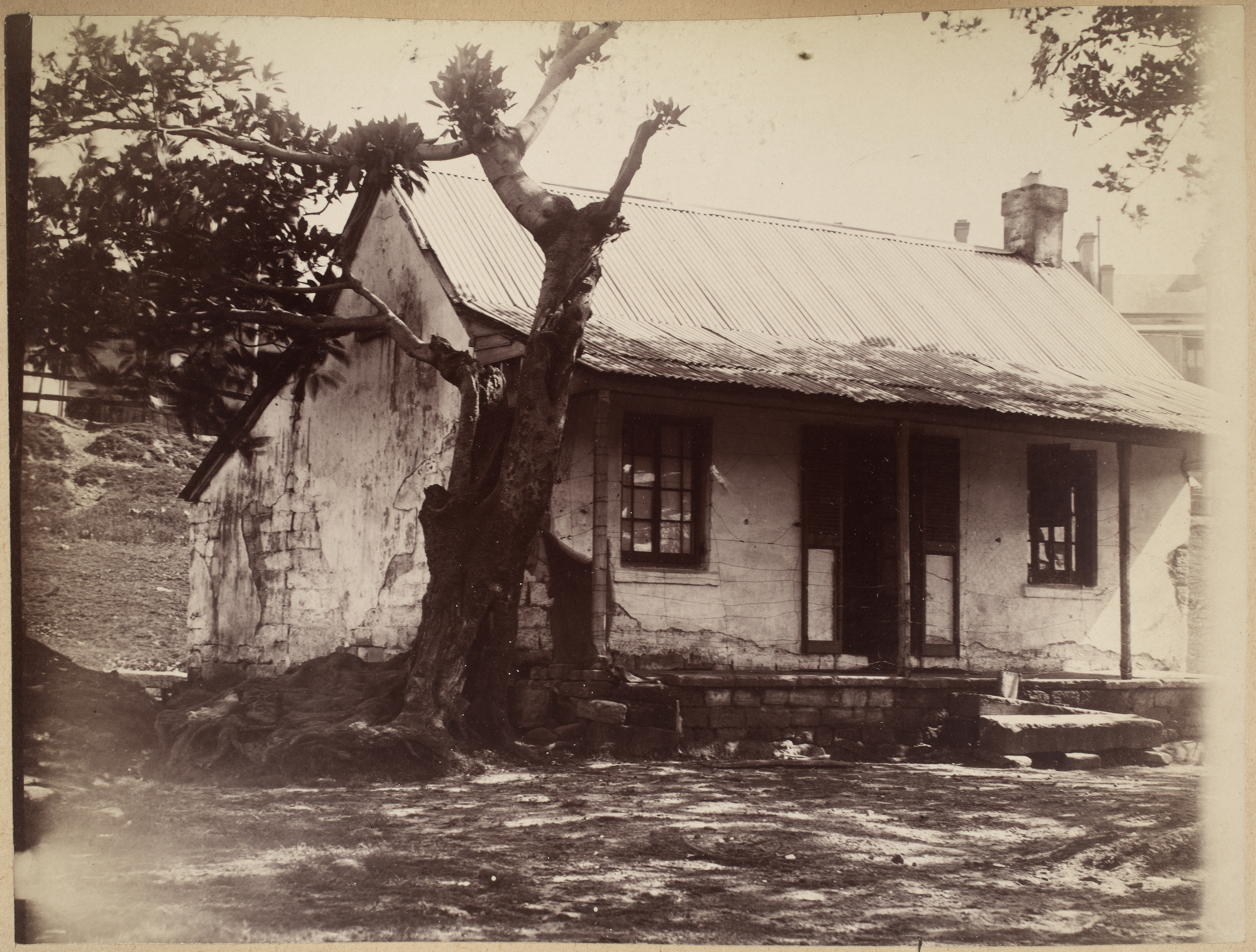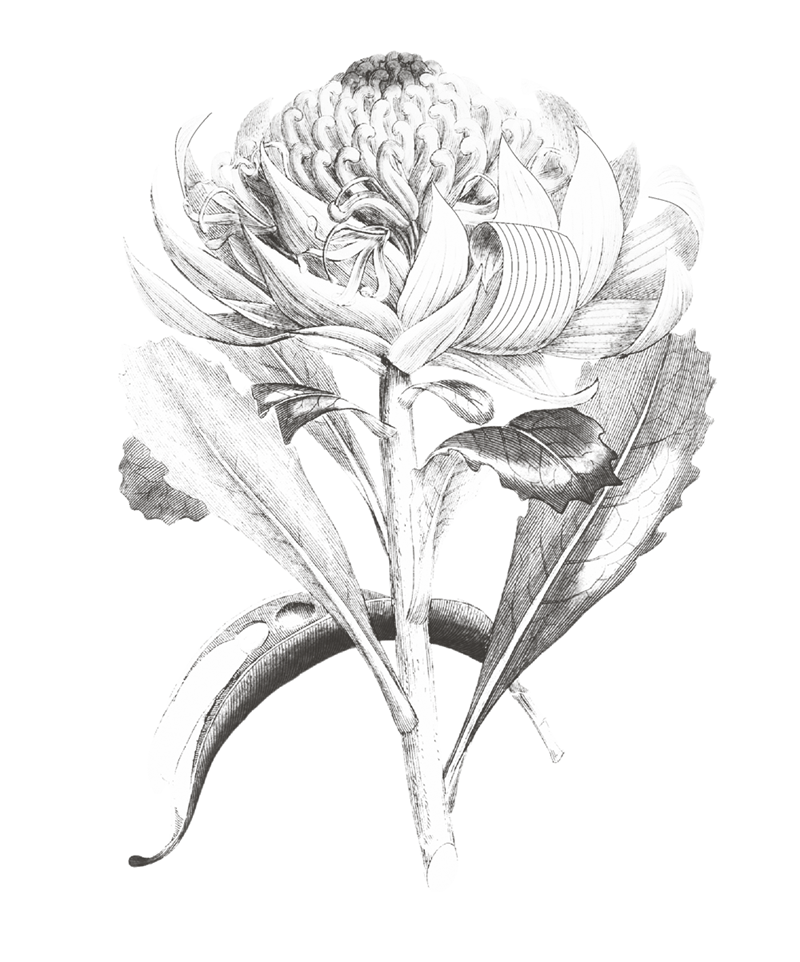In 1836 Obed West purchased the lower 40 acres of Barcom Glen Estate in exchange for an annuity of £156, paid in monthly instalments to his father. The West family continued to live at Barcom Glen until the end of the 19th century which, according to historian, Laila Ellmoos, defied ’the general pattern of absentee landlordism that characterised the rest of the suburb.’1
This inextricable link between Sydney’s colonial elite families and their estates was not necessarily the exception to the rule. What was unusual in this case, however, was the West family’s continued occupation of the estate, even after most of the inner city areas had long since been subdivided and sold. As Ellmoos notes: ‘Because the extended West family stayed and gradually subdivided the land around them, typically by leasehold, the population density was slower to develop than in the rest of the suburb.’2
To complicate the West family’s relationship with their estate, longstanding drainage and sewerage problems effectively killed Rushcutters Creek and caused all manner of nuisances. The City of Sydney Archives have digitised thousands of letters of complaint, including some detailing the noxious smells and refuse of Darlinghurst.
In April 1871, West placed an advertisement in the Sydney Morning Herald cautioning readers against, ’emptying closets, or other filthy matter, into the stream running through the Barcom Glen Estate, either by the Corporation sewers or otherwise’. Four days later, he wrote to the mayor complaining of the ‘soap suds and kitchen refuse’ being dumped ‘into my brook’ as well as ’nightsoil’ and chemicals from the nearby iceworks. West’s once pristine creek, was now a ‘conduit of foul matter of many noxious kinds’.3
Another vocal resident was the police magistrate, Captain David C F Scott. He had purchased about 4.5 acres from the Barcom Glen Estate in the early 1860s and also lived nearby at ‘The Grange’ mansion, which still stands at 300 Liverpool Street. He wrote at least four letters to local council between 1865 and 1870 about ‘refuse waters’ from council’s drains being directed onto his land ’to its great deterioration in value leaving the land perfectly unsaleable’. He threatened legal action if the ‘injury and nuisance’ was not rectified.4
The Board of Water Supply and Sewerage New South Wales was created in 1880 and the Department of Public Works instigated construction on the Bondi Ocean Outfall Sewer. Despite this, drainage and sewerage problems persisted, and residents were still complaining of the ‘monstrous’ creek, which had been polluted by refuse from the military barracks in Paddington as well as the waste from slaughtered animals, chemicals from manufactories and sewage. It was not until 1904 that the Rushcutters Bay low-level sewage pumping station was completed and connected to the Bondi Ocean Outfall Sewer.5

Obed West's cottage and Norfolk Island Pines, c1913
Cox family album, State Library of NSW, [DL PX 142, 20]
Obed West died at Barcom Glen on 24 August 1891 and newspapers commemorated the passing of an ‘old Sydney identity’. One newspaper noted West ‘would never allow his property at the Glen to be cut up for sale…and as a consequence it remains an oasis of verdant green and spreading forest trees in a wilderness of terraced houses.’6
The last vestiges of the Barcom Glen Estate were finally subdivided and sold off in the 1910s. One writer lamented the loss of the Norfolk Island Pines marking boundary of Darlinghurst and Paddington:
Long before Sydney attained anything like its present prosperity, these pine trees standing on the high ground overlooking the harbour, presented a fine sight to travellers to and from the old world….No storm had ever been severe enough to weaken their majestic strength….
But the expanse of the city…demands that vacant land must be built upon, and consequently the woodsman’s axe has been pretty busy of late and 21 of the fine old warriors have been felled….7
While many first-hand accounts from that time are romanticised or feature persistent comparisons to ‘home’ in England, West’s writings occupy a different space - that of the ‘currency lad’. They provide a rare opportunity to imagine the landscape as it was before the stone was cut and the streets were laid, and before Darlinghurst became an inner city ‘wilderness of terraced houses’.8

Cottage in Barcom Avenue, Darlinghurst, 1900
City of Sydney Archives, Demolition Books [A-00036151]
Read the next story: A Genteel Life.
Edward West Marriott, ed., The Memoirs of Obed West: A Portrait of Early Sydney (Bowral, NSW: Barcom Press, 1988), 32-33 and Laila Ellmoos, ‘Building Darlinghurst’ in Anna Clark, Gabrielle Kemmis and Tamson Pietsch, eds., My Darlinghurst (Sydney, NSW: NewSouth Publishing, 2023), 35. ↩︎
Ellmoos, ‘Building Darlinghurst’, 35. ↩︎
‘Advertising’, Sydney Morning Herald, 8 April 1871, 2, http://nla.gov.au/nla.news-article13210485, Letter: O West, Barcom Glen, to Mayor, (12/04/1871 - 17/04/1871), [A-00300352], City of Sydney Archives, https://archives.cityofsydney.nsw.gov.au/nodes/view/1102272 and Ellmoos, ‘Building Darlinghurst’, 36. ↩︎
Ellmoos, ‘Building Darlinghurst’, 35 and Letter: D C F Scott, Central Police Office, re his property in Darlinghurst in upper Liverpool St, (30/03/1865 - 01/04/1865), [A-00294534], City of Sydney Archives, https://archives.cityofsydney.nsw.gov.au/nodes/view/1096458. ↩︎
‘Sewerage of the City and Paddington’, The Daily Telegraph, 23 July 1884, 6, http://nla.gov.au/nla.news-article237261778 and Ellmoos, ‘Building Darlinghurst’, 35-37. ↩︎
‘Death of Mr Obed West’, The Daily Telegraph, 25 August 1891, 4, http://nla.gov.au/nla.news-article235851100. ↩︎
‘Disappearing Landmarks’, Evening News, 27 June 1912, 4, http://nla.gov.au/nla.news-article114801600. ↩︎
Marriott, ed., The Memoirs of Obed West, xiii. ↩︎

